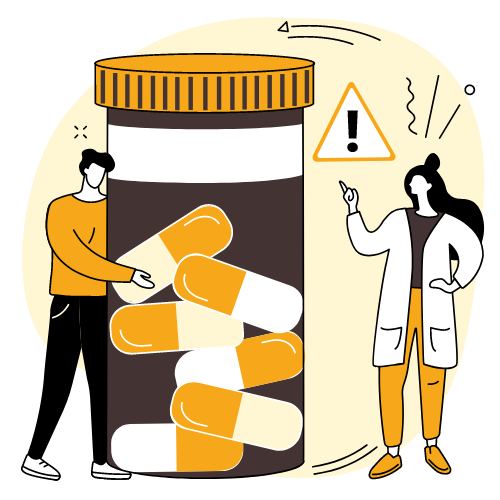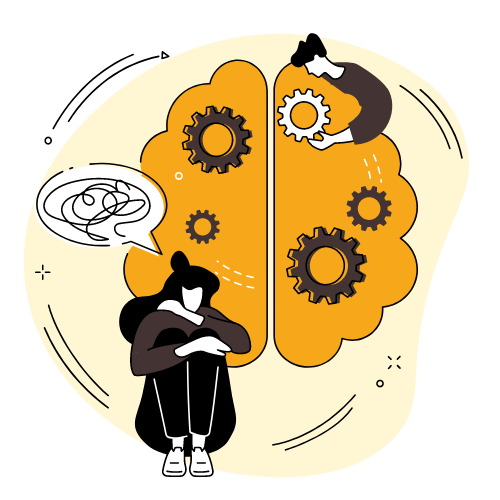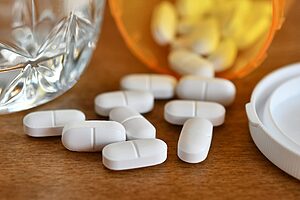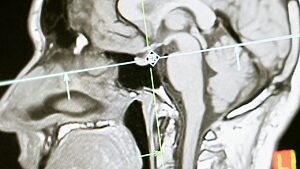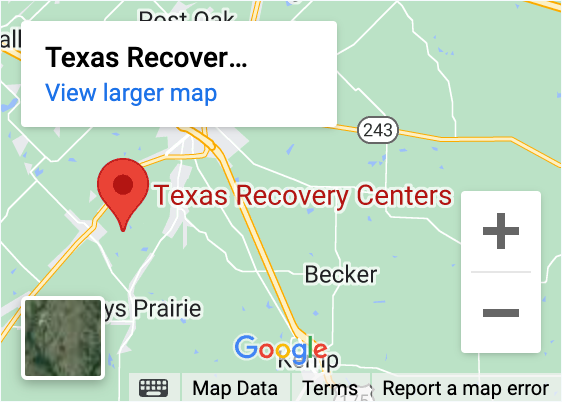The combination of medications and alcohol can lead to unpredictable and potentially dangerous interactions, with potentially severe consequences for your health. One such combination to be acutely aware of is lorazepam and alcohol. In this blog, we’ll delve into the side effects of mixing lorazepam and alcohol, the risks involved, and the importance of seeking professional guidance to ensure your well-being.
Understanding Lorazepam and Alcohol:
Lorazepam: Lorazepam is a prescription medication commonly used to treat anxiety disorders, insomnia, and certain seizure disorders. It belongs to the benzodiazepine class of drugs and acts as a central nervous system depressant.
Alcohol: Alcohol is a widely consumed substance with its own depressant effects on the central nervous system. It’s important to recognize that mixing alcohol with any medication can have adverse effects on your body.
The Dangers of Combining Lorazepam and Alcohol:
1. Enhanced Depressant Effects: Both lorazepam and alcohol depress the central nervous system. Combining them can lead to heightened sedation, drowsiness, and impaired motor skills.
2. Respiratory Depression: The combination of these substances can lead to slowed breathing, which may become dangerously shallow or even stop completely.
3. Impaired Judgment and Coordination: Combining lorazepam and alcohol can severely impair cognitive function, judgment, and coordination, increasing the risk of accidents.
4. Memory Impairment: Both substances can cause memory loss independently. When combined, memory impairment can become more severe.
5. Increased Risk of Overdose: Mixing lorazepam and alcohol elevates the risk of overdose, as their combined effects can overwhelm the body’s ability to handle them.
6. Emotional Changes: Combining these substances can lead to mood swings, increased aggression, and emotional instability.
7. Addiction Risk: Combining two substances with addictive properties can enhance the risk of developing substance dependence or addiction.
8. Cardiovascular Effects: The combination can lead to changes in blood pressure, heart rate, and even cardiac arrhythmias.
9. Reduced Liver Function: Both lorazepam and alcohol are metabolized by the liver. Combining them can place additional stress on the liver and reduce its efficiency.
10. Delayed Reaction Time: The combined effects of lorazepam and alcohol can significantly slow down reaction times, increasing the risk of accidents, falls, and injuries.
Seeking Professional Guidance:
1. Medical Advice: If you’re prescribed lorazepam, consult your healthcare provider about consuming alcohol. It’s essential to understand any potential risks and receive personalized guidance.
2. Avoid Combining: Given the dangers involved, it’s generally recommended to avoid consuming alcohol while taking lorazepam.
3. Ask About Alternatives: If you struggle with anxiety or other conditions treated by lorazepam, discuss alternative treatments with your healthcare provider that don’t involve interactions with alcohol.
4. Understand Risks: Familiarize yourself with the specific side effects and risks associated with both lorazepam and alcohol. Being informed can help you make safer decisions.
5. Don’t Self-Medicate: Never attempt to self-medicate with alcohol while taking lorazepam. Always follow your doctor’s instructions regarding dosage and usage.
The combination of lorazepam and alcohol can lead to dangerous interactions that pose serious risks to your physical and mental health. The depressant effects of both substances can lead to respiratory depression, impaired judgment, memory loss, and an increased risk of overdose. It’s crucial to prioritize your well-being by seeking professional guidance, adhering to medical advice, and avoiding the combination of lorazepam and alcohol altogether. By making informed decisions and prioritizing your health, you can prevent potentially life-threatening interactions and maintain a safer and more balanced lifestyle.


